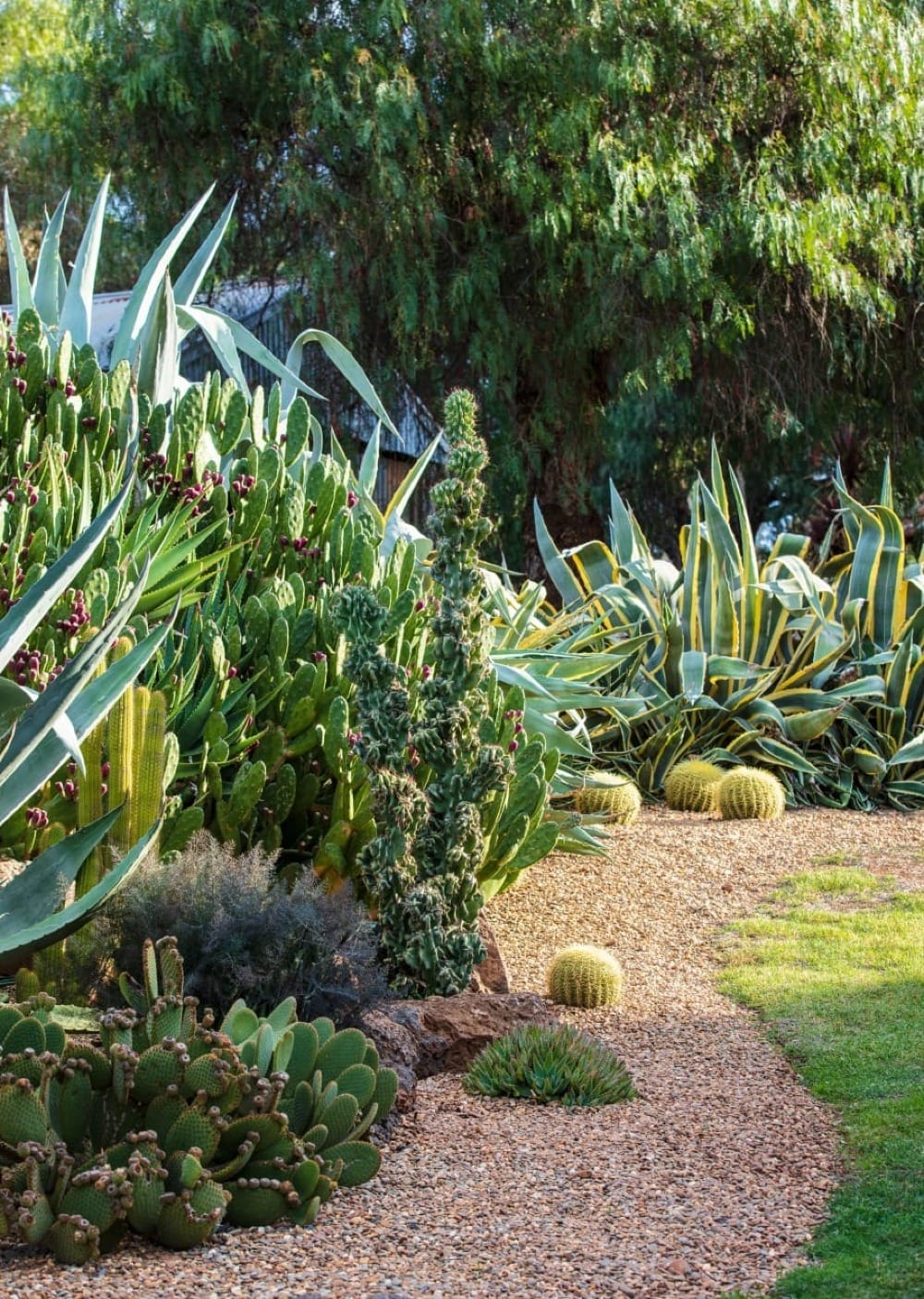
Gardening in a drought-prone place of temperature extremes is not for the faint-hearted, but Jeremy Valentine loves a challenge. Here’s the third instalment of In the Weeds, his monthly newsletter for Galah.

We've been here at The Stones for a little more than 11 years now. Sometimes still I wander around with a clear memory of how it all looked that auspicious September, when we first sank a spade into the earth. It would have seemed like an almost impossible task of titanic proportions to get to where we are today, given the limited time and lack of funds in those early years.
But bit by bit, project by project, little miracles happen, meshing together like the emerald weave of an intricate cloth. The effort involved becomes lost in the process, the march of time and the burgeoning of the garden.
Creating a garden in a place such as this is like learning a new language that changes as the seasons unfurl. You never stop learning. But there are, of course, clues to guide you. And still to this day I am fascinated by the things that thrive with no help from anyone, pruned by the rabbits and the roos, and watered only by what the sky provides – which can be nothing for two months of the year or more.
Central Victoria is a land that was turned upside-down during the gold rush. All around us here at The Stones are the relics and ruins of a promising town, mostly abandoned when the gold ran out, lost to neglect and the elements.
A multitude of old cottages and even towns long gone are pincushioned in the landscape by the crumbling remains of stone walls, sometimes whole edifices, dotted with the voids of windows and doors. But still going strong are the remains of their gardens. Sometimes the houses have vanished completely without trace, but a telltale crop of fruit trees and a drift of daffodils pinpoint where one once stood.
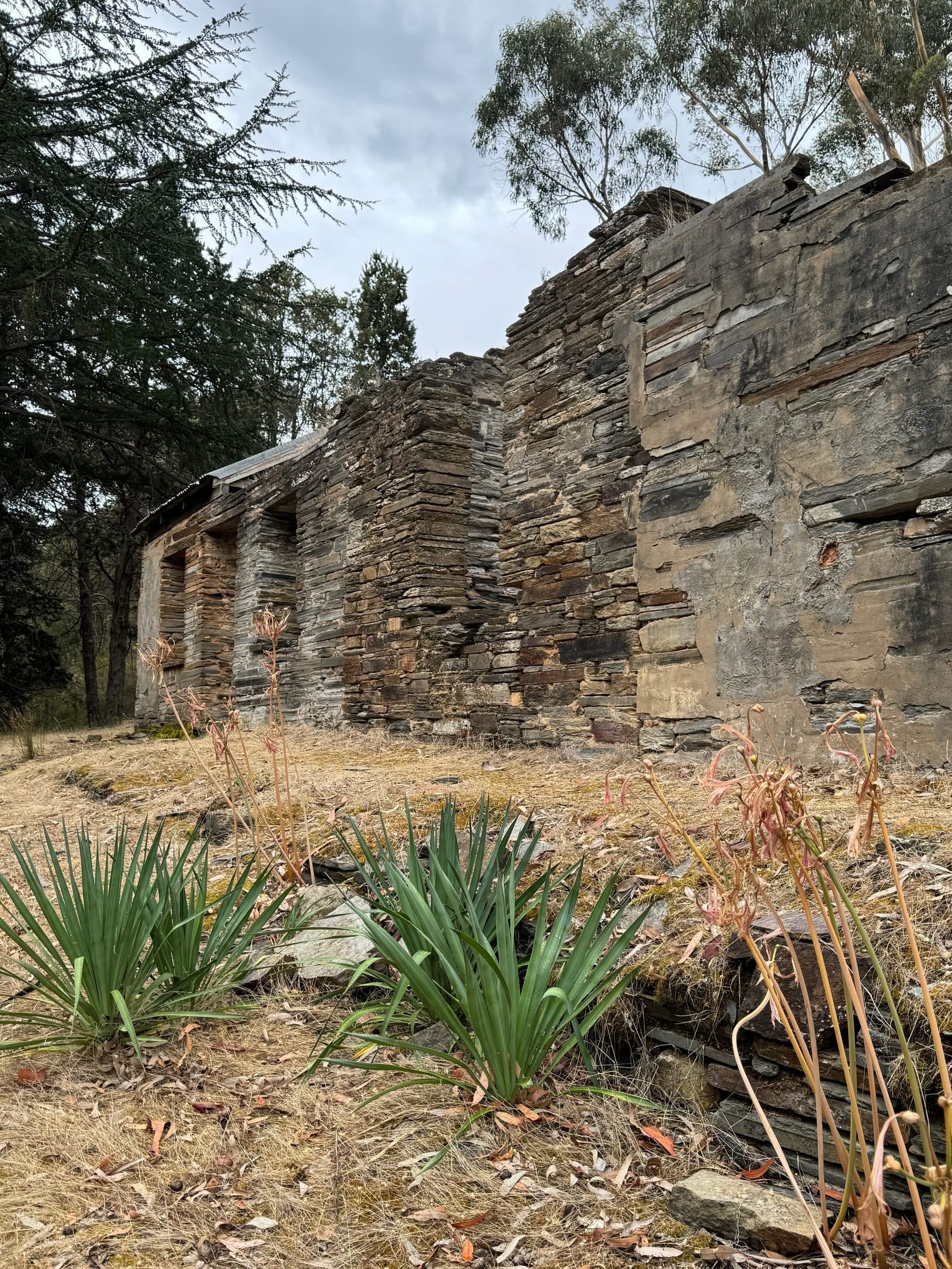
One such place – a mere stone’s throw away from ours, and just metres from a cliff plummeting to the Yandoit Creek below – was occupied by a woman who had tended a semi-formal garden with all the quintessential old favourites. Lilacs, plumbagos and stoic quinces are contained within a great grey hedge of wormwood, beneath which an impressive array of bulbs and iris grow. All these plants are still going strong, even though the house was reduced to rubble many decades ago.
Local legend has it that one particular evening, after attending a local dance at the hall across the road, the owner of this house strayed from the path in tipsy immoderation and stumbled clean off the cliff, falling 40 metres to the creek bed below. As our old neighbour relayed the details of this shocking tale, she added in a voice that was sung, rather than spoken: “But she didn’t die!”
And neither, it seems, did her garden.
The point of my ramblings is that I always take note of the things that grow well, with no or little attention. Out here it’s the things in the ratty yards and the unkempt gardens of forgotten places that are the clues to success, the clues to survival in this place of frigid winters and searing summers, full of rabbits and roos.

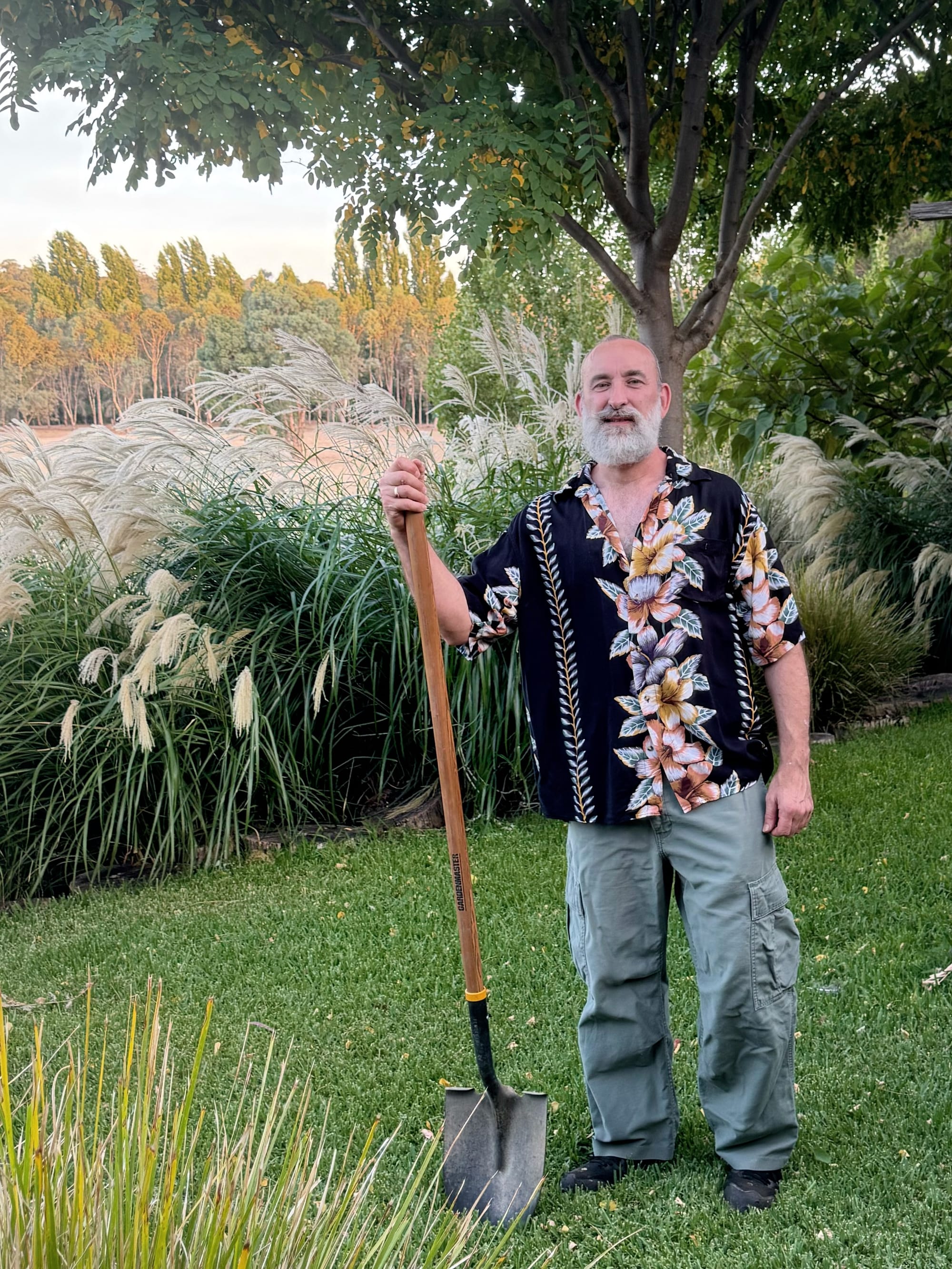
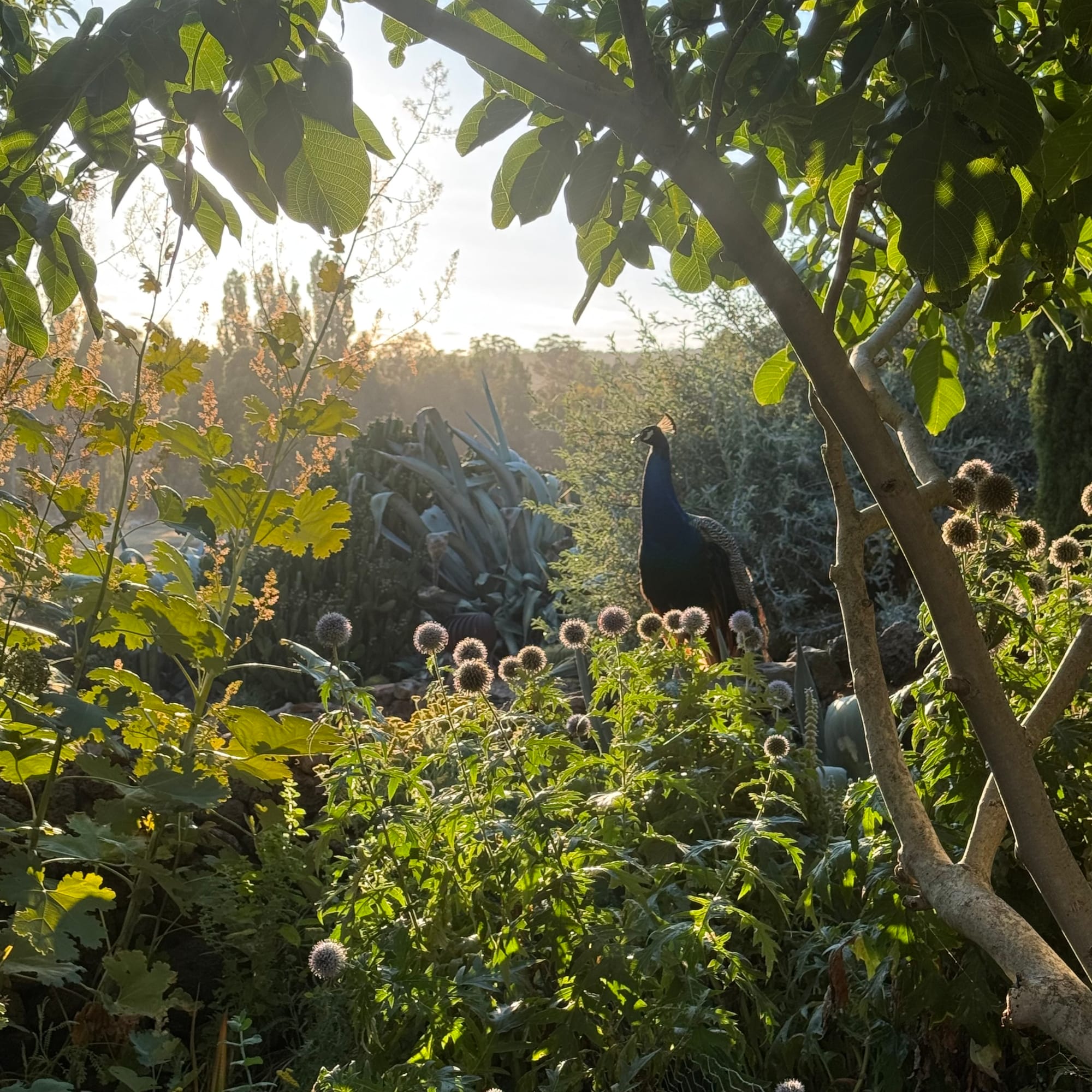
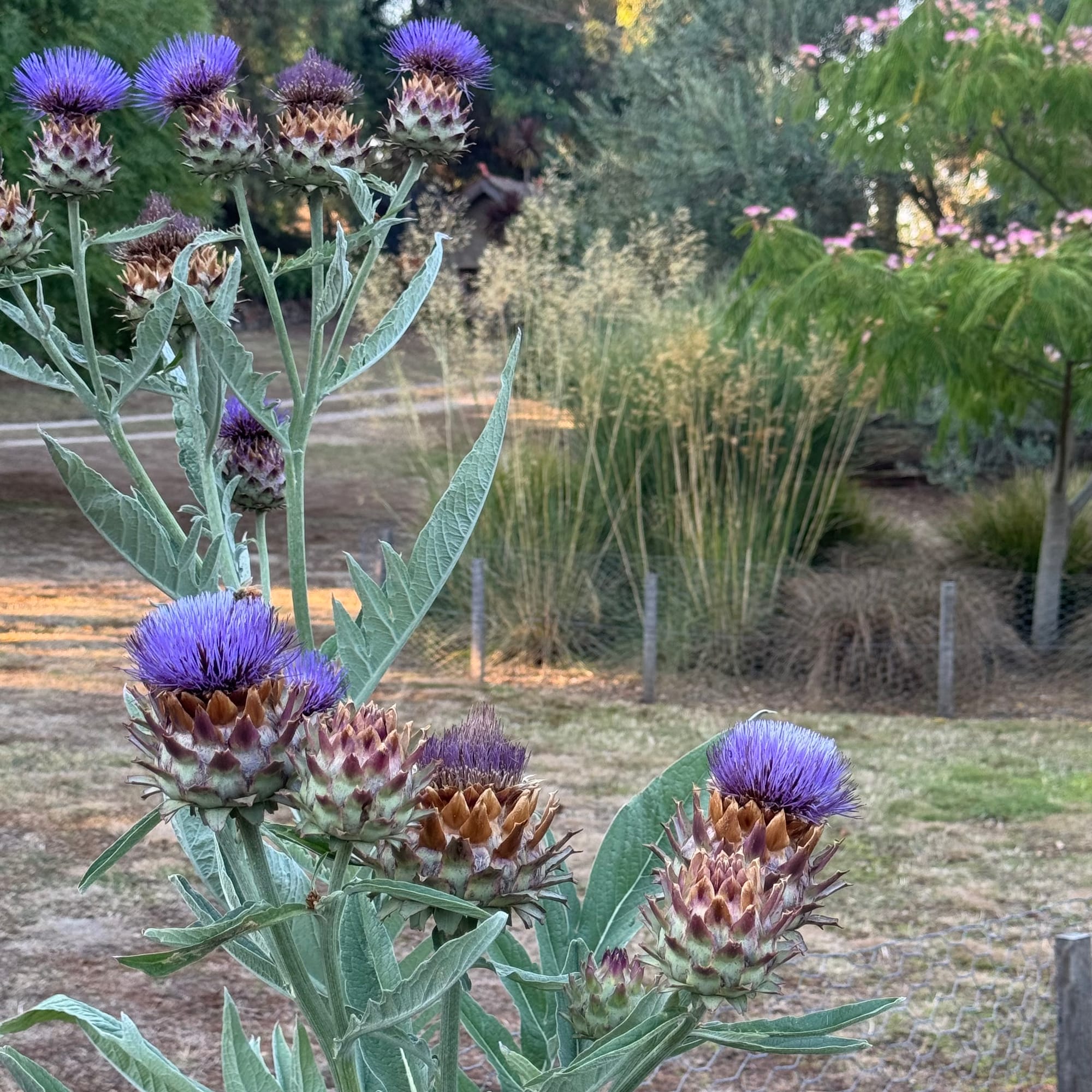
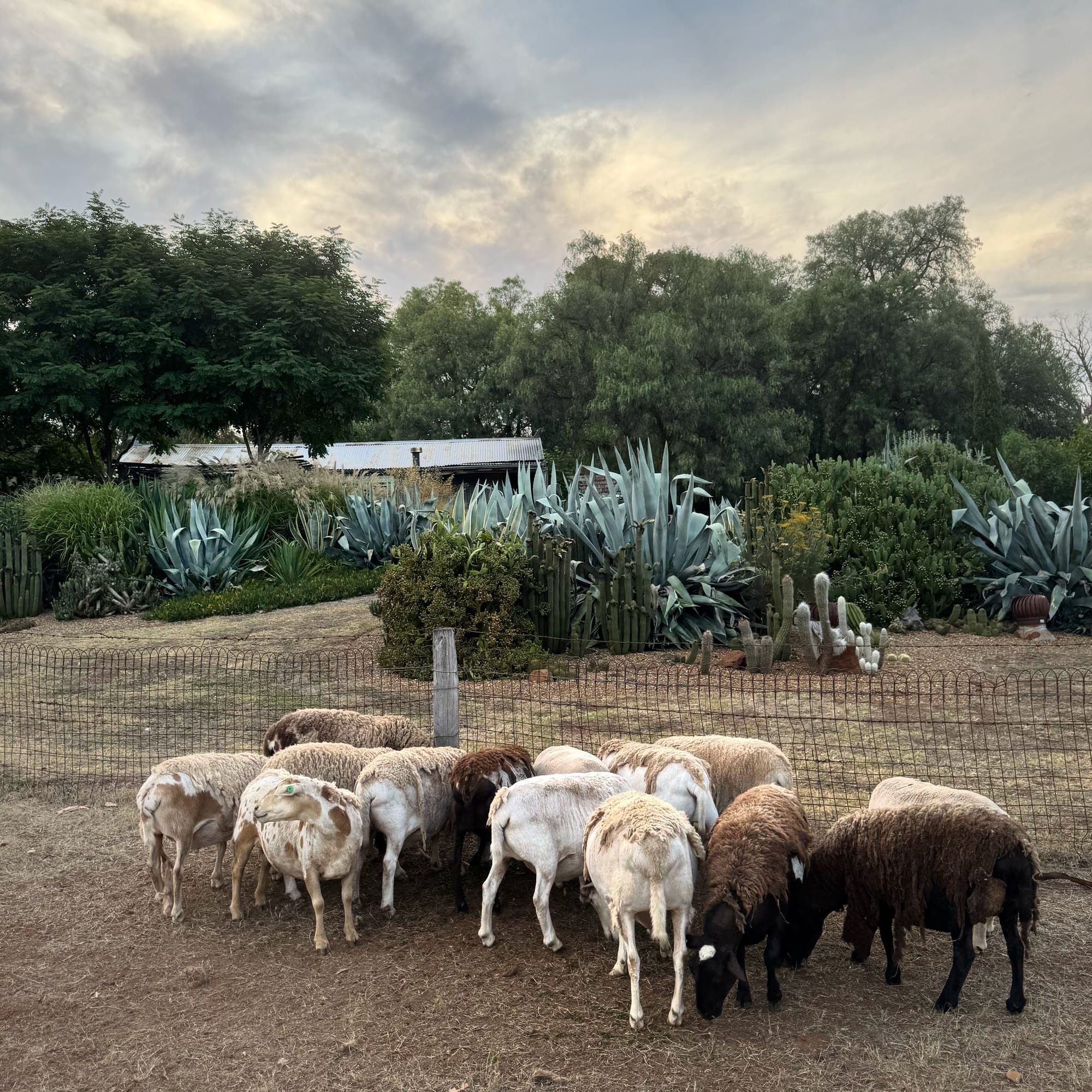
Jeremy in his garden/Daybreak with Colombo the peacock and a tangle of Macleaya Cordata and Echinops/Minimal feed left in the paddocks for our Dorper sheep due to the ongoing hot and dry conditions/Tough and architectural Cardoons (once skinned, the stems make for delicious eating).

Catch up on Jeremy's previous stories here or find him on Instagram at @thestonescentralvictoria